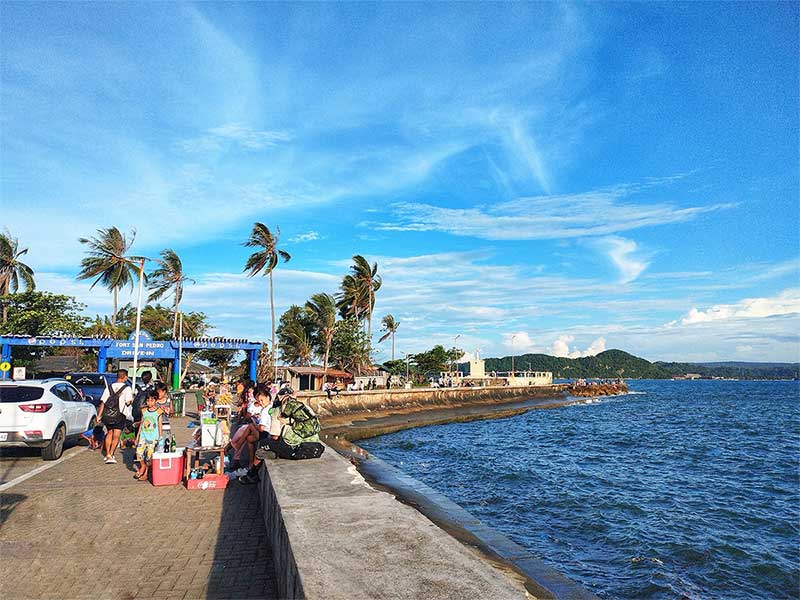

By Joseph Bernard A. Marzan
Almost a decade after it was first reported, the National Museum of the Philippines (NMP) confirmed on Monday, February 19, that it is now initiating the restoration of Iloilo City’s centuries-old Fort San Pedro.
In the NMP’s press release on Monday, it was confirmed that Director-General Jeremy Barns and Iloilo City Mayor Jerry Treñas had met to discuss the preparations required to commence the preliminary works for the ₱4-million project.
The project will begin with the pre-restoration phase, which includes a 1.5-meter-deep archaeological excavation to uncover the remains of the fort’s foundation. This initial dig will start in the seaside area, away from the main thoroughfare, and may extend further as necessary.
NMP Visayas Director Ma. Cecilia U. Tirol inspected the site earlier in the month with city government architects. Concurrently, the NMP Archaeology Division has begun examining the fort’s 1820 blueprint, cross-referencing it with photographs from the 1930s through the post-World War II era.
The comparison of the blueprint and historical photographs will help determine the site’s full scope. The findings from the excavation will contribute to the development of working plans for the restoration.
Funding for the pre-restoration phase comes from the NMP’s budget, as allocated under Republic Act No. 11975 (the 2024 General Appropriations Act).
The exact date for the commencement of the restoration will be set in an upcoming meeting between Treñas and Barns at the month’s end, with the city taking responsibility for relocating settlers in the area, the NMP told #DailyGuardian.
Mayor Treñas also highlighted the NMP’s commitment to the restoration during his regular press conference on Monday. He mentioned that he has directed coordination with businesses operating near the fort.
Furthermore, he announced that the Old Jaro Municipal Hall, restored by the NMP to serve as a regional satellite office, will soon be turned over to the city government.
Fort San Pedro was originally constructed in 1602 as the “Fortificación de Nuestra Señora del Rosario en el Puerto de Yloylo, Provincia de Oton” (Fortification of Our Lady of the Rosary in the Port of Yloylo, Province of Oton) by Spanish Governor-General Pedro Bravo de Acuña to protect against Moro and Dutch invasions.
It underwent an initial restoration as the Fort Nuestra Senora del Rosario in 1616 by Governor-General Diego de Quiñones after Dutch assaults on the city. Presently, the fort serves as a space for recreation and dining.
Typical of Spanish fortresses in the Philippines, the quadrilateral structure measures approximately 60 meters by 60 meters. Its walls, composed of cut coral stones from Guimaras, stand about 12 feet high and 30 feet thick.
Efforts to restore the fort have been proposed in past decades, with definitive plans for restoration first announced by Barns in 2015.